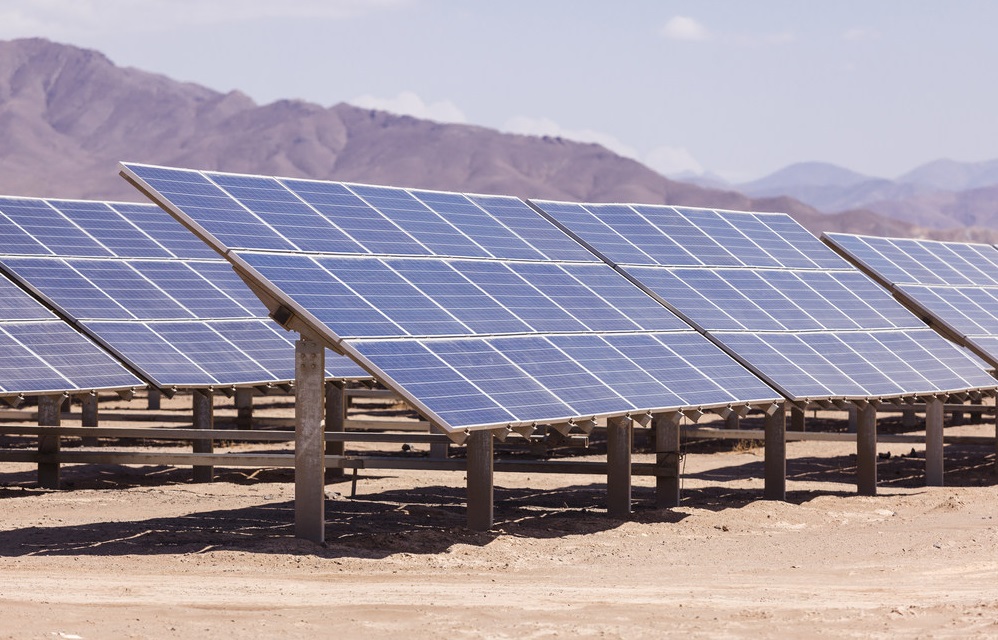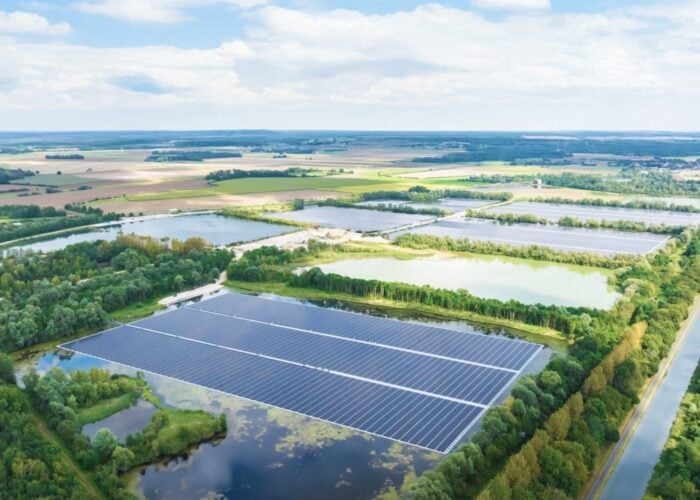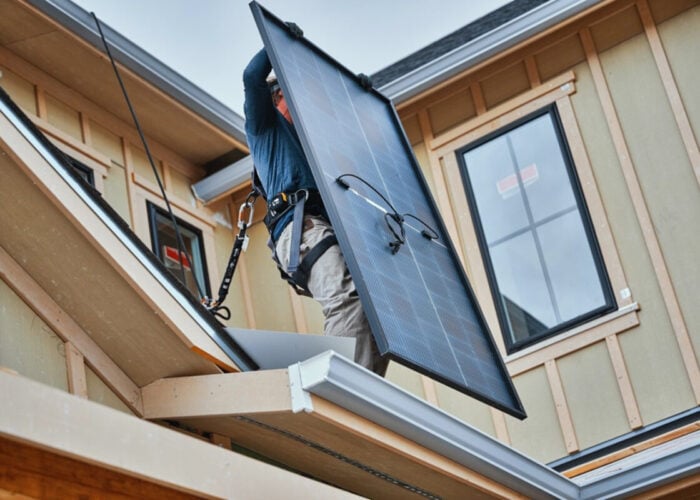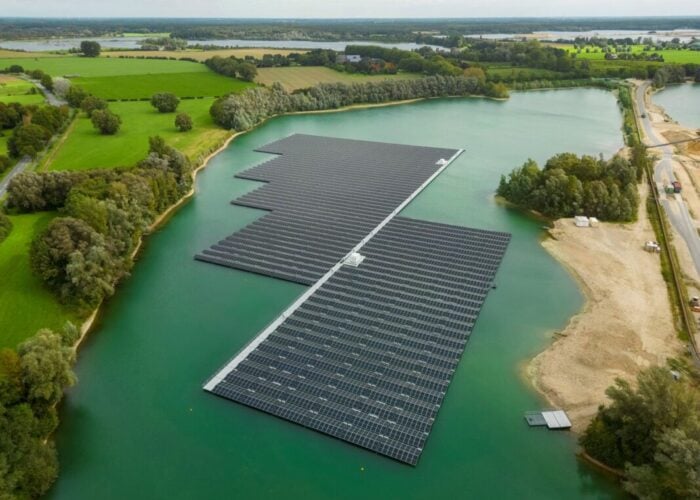
Nine US projects will receive funding from the country’s Department of Energy (DOE) to accelerate the commercialisation of technologies that can help integrate more solar electricity into the energy grid.
They will share in US$14 million of funding as part of efforts to spur on domestic manufacturing across the solar industry supply chain, helping to ensure that US-made hardware is used to deploy large quantities of solar.
Unlock unlimited access for 12 whole months of distinctive global analysis
Photovoltaics International is now included.
- Regular insight and analysis of the industry’s biggest developments
- In-depth interviews with the industry’s leading figures
- Unlimited digital access to the PV Tech Power journal catalogue
- Unlimited digital access to the Photovoltaics International journal catalogue
- Access to more than 1,000 technical papers
- Discounts on Solar Media’s portfolio of events, in-person and virtual
The projects will focus on areas such as the development of a connector that predicts and prevents arc faults, which can cause electrical fires in PV systems, as well as a 1MW inverter for utility-scale solar systems that eliminates the need for a transformer.
Module manufacturer Silfab Solar has been awarded US$3 million to help scale its aluminium backsheets for silicon modules alongside technology developer SunFlex Solar. Silfab also received funding for another project that aims to increase yield of the assembly of modules by integrating a non-contact electroluminescence inspection tool developed by Tau Science before the cell-to-cell interconnection and module lamination.
Another project from Bert Thin Films will work on showing the manufacturability of the firm’s copper-based metallisation paste for silicon cells that is screen-printable and can be used to form electrical connections within and among solar cells.
The DOE will also support AccuSolar in its efforts to develop a new racking system for floating solar installs. It is hoped that the project will reduce the cost of floating solar so that it is similar or less than ground-mount plants.
These projects form part of a wider DOE programme announced last year that is allocating a total of US$45 million to advance US solar manufacturing and grid technologies.
Most of the funding will be used to create a public-private consortium focused on grid integration technology. With an award amount of US$25 million, the National Renewable Energy Laboratory, the University of Washington and the Electric Power Research Institute will co-lead the consortium to advance research on grid-forming inverters.
The final US$6 million is focused on providing utilities with better data about rooftop solar generation. Two projects led by GridBright and the University of Pittsburgh will develop sensor hardware and system designs to help utilities understand how much renewable energy is being generated by residential and commercial PV systems, strengthening the reliability of the electricity grid.
“To flip the switch on climate change, we need a grid that’s chock full of renewable energy that’s also cheap and accessible,” said Energy Secretary Jennifer Granholm. “The universities, small businesses and national lab behind these projects are building the critical components of America’s future grid, making it more resilient on our way to a 100% clean power system.”
Click here to see the full list of projects that have secured DOE funding.







